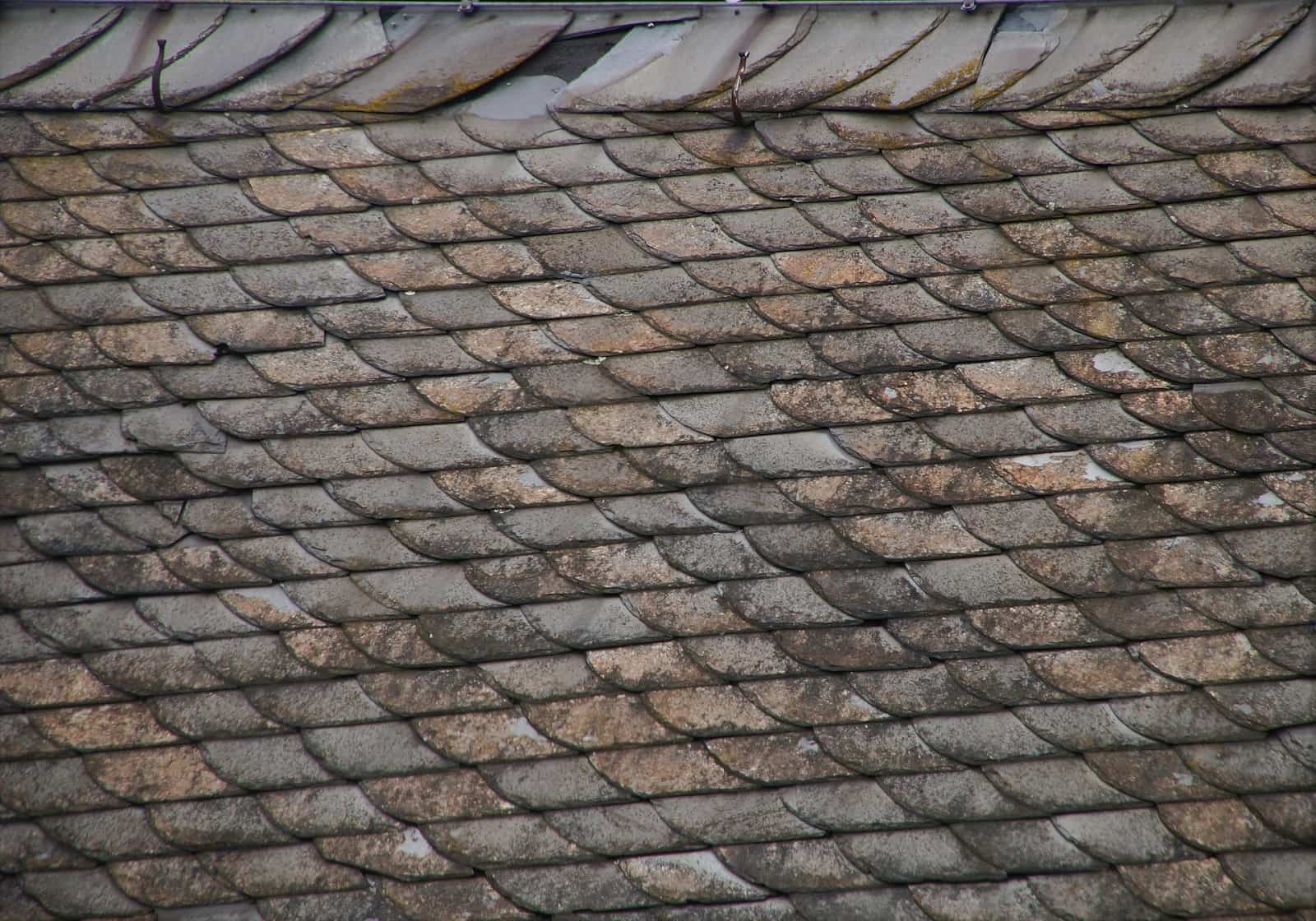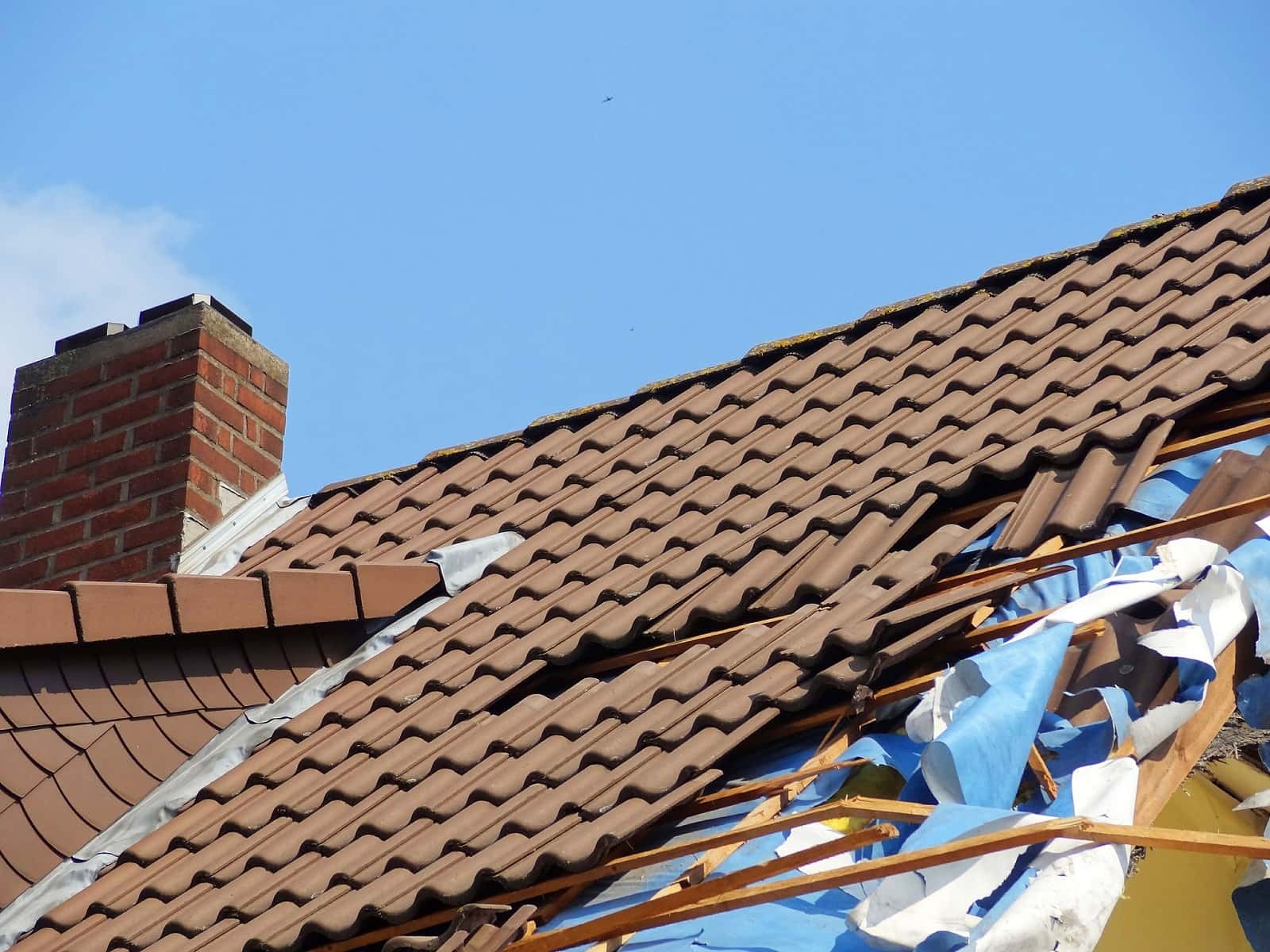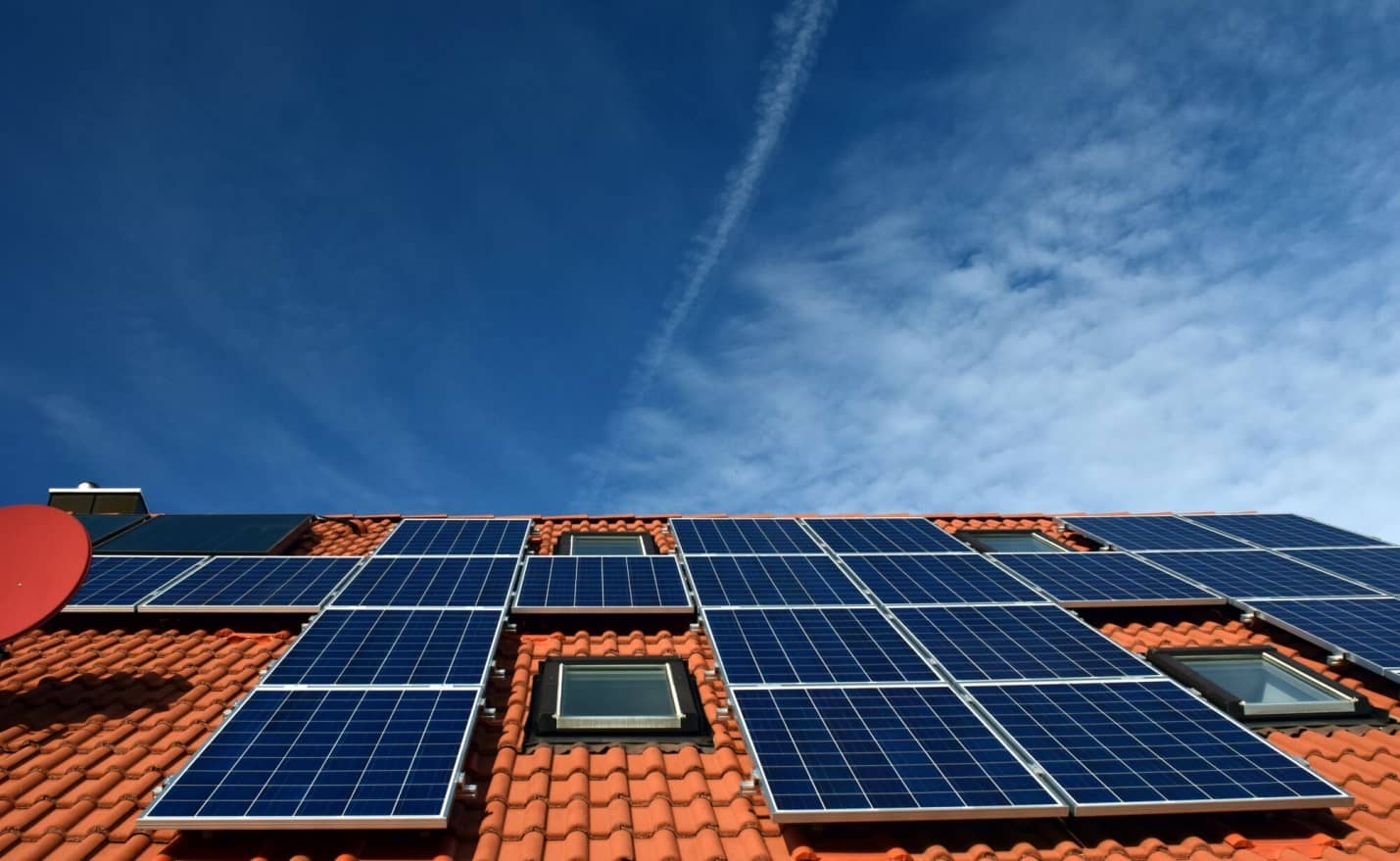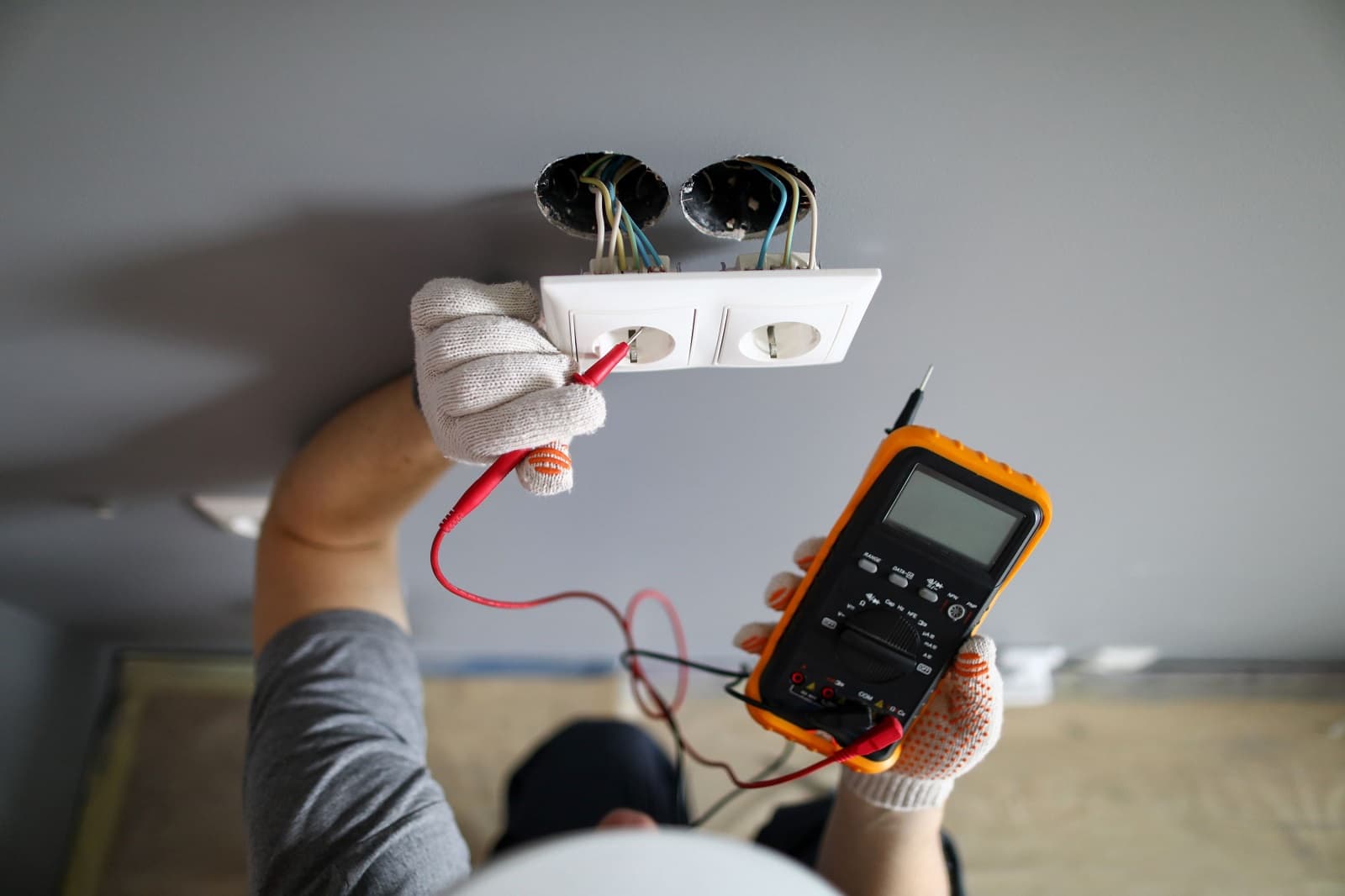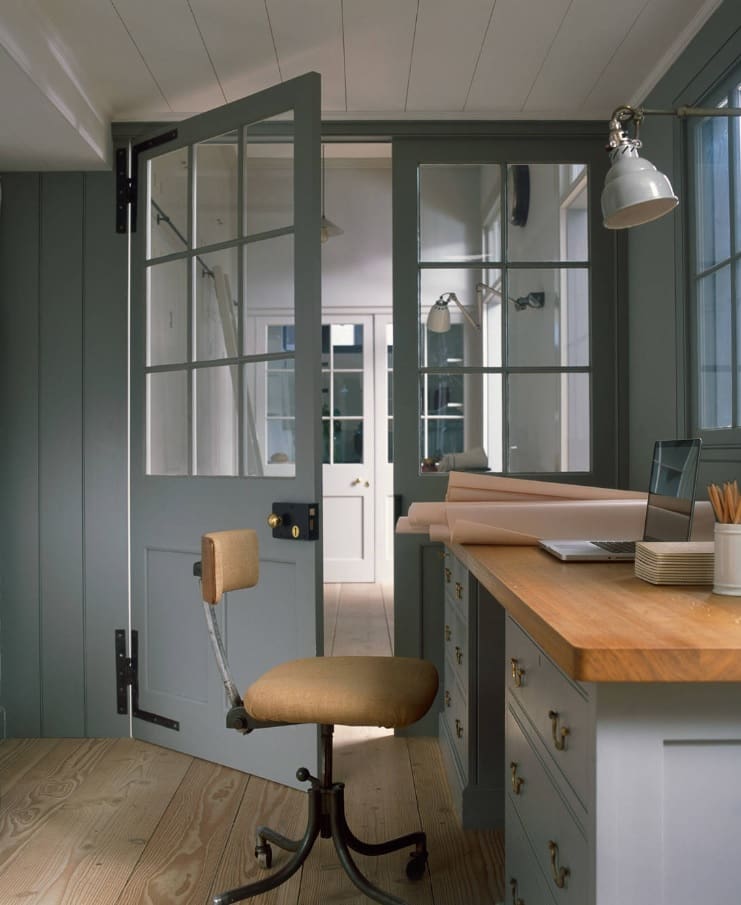Roofs are designed and built to protect a house from every kind of weather throughout the year. However, over the years wear and tear will start to show due to exposure to sunlight, extreme cold or heat, frost damage, hail storms, heavy rain, high winds, natural disasters such as hurricanes, rodent infestations, and thunderstorms.
Generally, the rule in the construction trade is that the frame of a roof should last the lifetime of a building, however, the roof covering will need to be periodically repaired or replaced. How often a roof covering needs replacing depends on the material it is made from, for example, asphalt shingles need replacing every 15-30 years whilst metal roofs can last up to 75 years.
In addition to the material it is made from and the impact of weather, other factors that determine the lifespan of a roof include:
- How often it is inspected, maintained, and repaired
- The age of the roof
- The quality of the roofing materials
- Construction and design quality
- Pest and rodent control
- Accumulation of debris such as leaves and other organic matter
Living under a damaged roof can be dangerous and result in many extensive repairs if not dealt with promptly, for example, water leaking through a roof can cause damage to electrics, increasing the risk of shocks. Furthermore, a house can become damp and mold can start to grow everywhere.
Due to the risks and inconvenience that can be caused by a damaged roof, a homeowner should inspect their roof at least once a year to check its integrity. The tell-tale signs of roof damage can easily be spotted, and this article explains four of the most common symptoms.
1. Missing or Damaged Parts
In many parts of the United States, especially midwestern states such as Iowa, roofs often suffer damage from heavy snowstorms in winter and extreme thunder and hail storms in summer. If your house was damaged in extreme weather, then it is a good idea to hire a roofing contractor to carry out your roofing project in Iowa or other similar states who can carefully inspect and fix your damaged roof. Some typical damage caused by harsh weather events or usual wear and tear from temperate weather include:
- Cracks or tears on the shingles, lining, or gutters
- Missing roof shingles
- Areas on shingles where the granules are missing
- Cracked or ripped fascias and soffits
- Indoor signs of leakage, including dripping water and water-stained walls
- Curled shingles
- Loose shingles
2. Moisture Damage and Mold
A less than watertight roof can allow in significant amounts of moisture, which may not be noticeable at first. However, over time the effects can build up, resulting in water damage to the structure of a roof and both the external and internal walls.
Without proper sealing and waterproofing, roofs are at risk of leaking, which can lead to moisture and water damaging the inside of a house. The consequences can be damp walls, faulty and dangerous electrical systems, weakened ceilings, and moldy walls. Generally, these problems can be spotted early on by looking for damps patches and areas of mold, usually found high up in corners of a room.
External walls and the roof covering itself can also start to show signs of damage due to heavy rain, a moist climate and not getting enough direct sunlight. For example, algae, fungus, and moss can start to grow in cracked shingles and rotten gutters full of organic matter.
3. Leaks
One of the most obvious signs that a roof needs repairing or replacing is leaks. Some leaks may seem small, however ignoring leaks or trying to quickly fix them yourself will leave other parts of a home at risk from water damage.
There are a few common causes of a leaky roof, including:
- Nails that have been improperly driven through the shingle and into the wood, resulting in cracks water can seep into
- Inadequate pipe boots; the base of pipes on a roof should be waterproofed using a material such as copper, lead, or plastic
- The gutter in a roof valley can become blocked with debris, causing water to pool and leak into a house
- Poorly maintained chimneys; damaged mortar joints or metal flashing
- Incorrectly fitted skylights
- Gas vent collar failures
4. Increasing Energy Costs
Damaged roofs can also cause homes to withhold less cool air in summer and release an excessive amount of hot air in winter. This can be down to missing shingles breaking the roof covering, moisture damaging the insulation, or holes letting airflow in and out. The result of this will inevitably be higher utility bills, as air conditioning or central heating will have to work harder.
Commonly, roofs will only last between 15-30 years, so it is worthwhile for homeowners to check their roof every year to see if it requires any repairs. Usually, this won’t take long as the signs of a damaged roof are easy to spot such as damaged shingles, missing roof tiles, ripped facades, and the growth of moss and mold.

